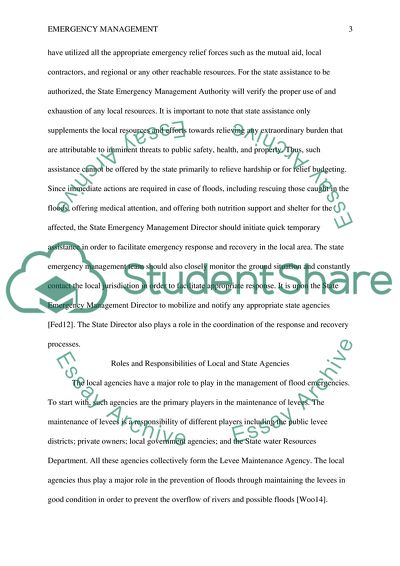Cite this document
(“Event Response Plan Research Paper Example | Topics and Well Written Essays - 1500 words”, n.d.)
Event Response Plan Research Paper Example | Topics and Well Written Essays - 1500 words. Retrieved from https://studentshare.org/law/1695211-event-response-plan
Event Response Plan Research Paper Example | Topics and Well Written Essays - 1500 words. Retrieved from https://studentshare.org/law/1695211-event-response-plan
(Event Response Plan Research Paper Example | Topics and Well Written Essays - 1500 Words)
Event Response Plan Research Paper Example | Topics and Well Written Essays - 1500 Words. https://studentshare.org/law/1695211-event-response-plan.
Event Response Plan Research Paper Example | Topics and Well Written Essays - 1500 Words. https://studentshare.org/law/1695211-event-response-plan.
“Event Response Plan Research Paper Example | Topics and Well Written Essays - 1500 Words”, n.d. https://studentshare.org/law/1695211-event-response-plan.


